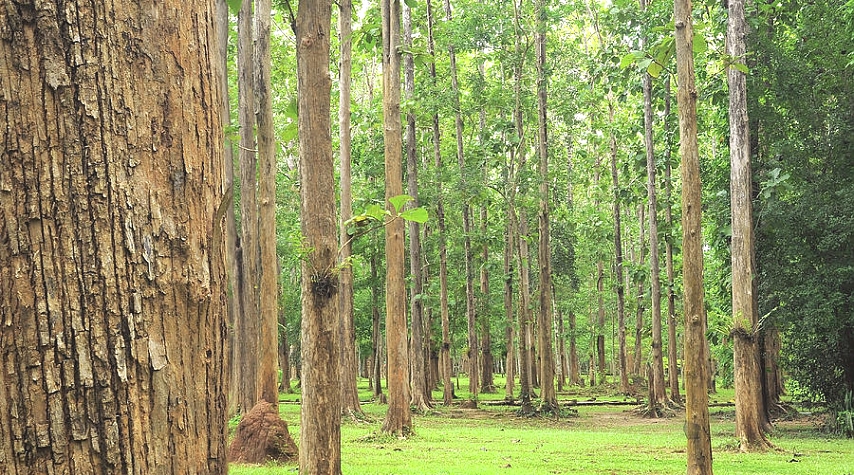Woodlots and forest plantations are important components of Tanzania’s forestry sector, providing a sustainable source of timber, fuelwood, and other forest products. These man-made forests are established through the planting of selected tree species in areas that have been degraded or cleared for agriculture or other land uses.

The main tree species planted in woodlots and forest plantations in Tanzania include fast-growing exotic species such as eucalyptus (Eucalyptus spp.), pine (Pinus spp.), and cypress (Cupressus spp.). These species are preferred due to their rapid growth rates, high timber yields, and adaptability to various environmental conditions.
Woodlots and forest plantations also provide other ecosystem services, such as carbon sequestration, soil conservation, and watershed protection. They also support biodiversity by providing habitat for various plant and animal species, including some that are rare or endangered.
The establishment of woodlots and forest plantations is a key strategy for reducing pressure on natural forests and promoting sustainable forest management in Tanzania. However, their establishment has also raised concerns about their potential negative impacts on local communities and the environment, such as reducing water availability, increasing soil erosion, and limiting access to forest resources.
The Tanzanian government and development partners are implementing various programs and initiatives to ensure that woodlots and forest plantations are established and managed sustainably, taking into account the needs and rights of local communities and the protection of the environment. These efforts include promoting the use of indigenous tree species, providing technical support to small-scale forest growers, and enforcing regulations to prevent illegal logging and deforestation.
